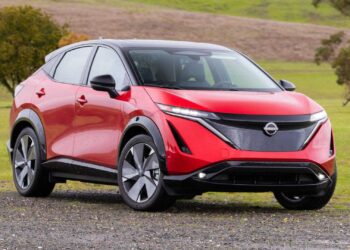We’re a great distance from peak electrical automotive, however we’ve lastly left base camp. Huge strides in battery capability imply that choosing between the 238-mile 2019 Chevy Bolt EV and the lately boosted 226-mile 2019 Nissan Leaf Plus comes all the way down to a dozen miles of vary.
After per week behind the wheel of each electrical automobiles, I’m undecided there are a dozen causes to purchase the Chevy over the Nissan.
When it went on sale final yr, the Leaf impressed us with its refinement, however its subpar 151-mile vary made it arduous to rationalize over the Bolt EV. The Leaf Plus arrived earlier this yr with a 62-kwh battery pack and a extra highly effective electrical motor for acceleration in the identical 6-second league (0-60 mph) because the Bolt EV.
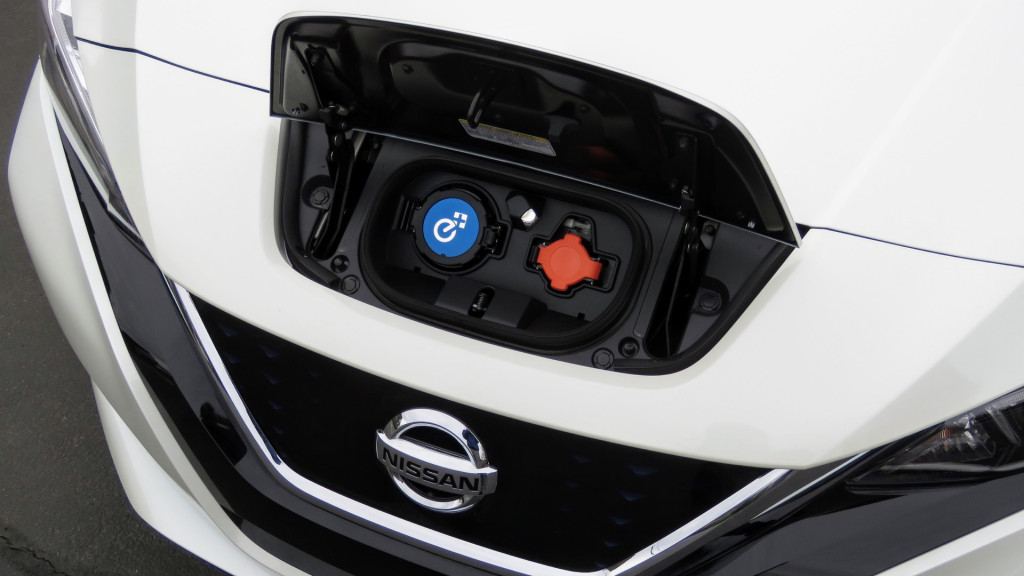
2019 Nissan Leaf Plus – Pushed, March 2019
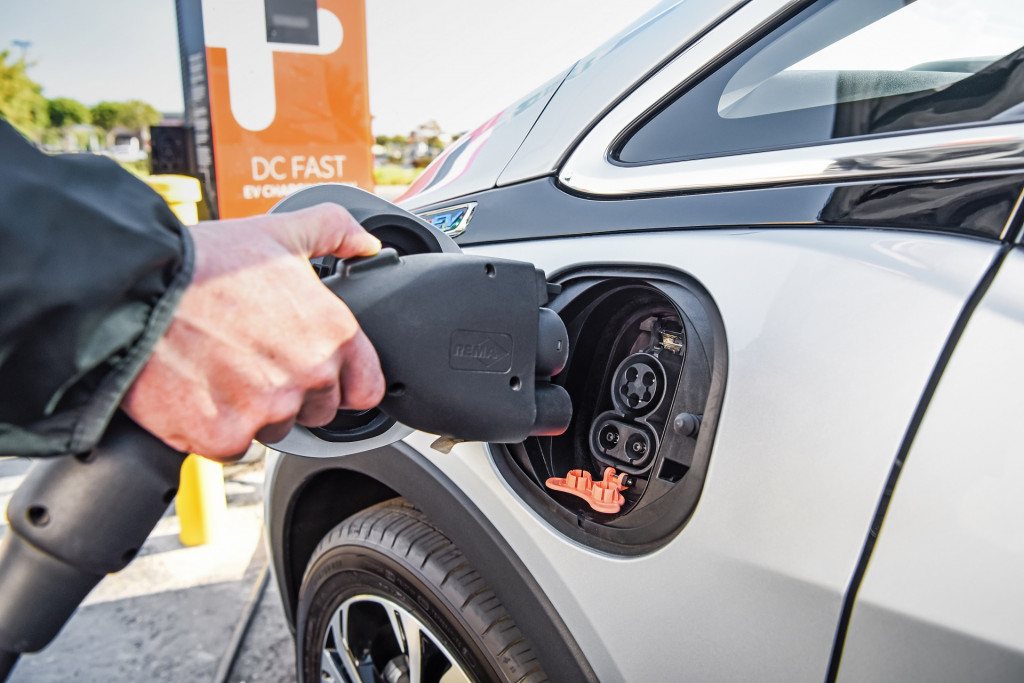
2018 Chevrolet Bolt EV
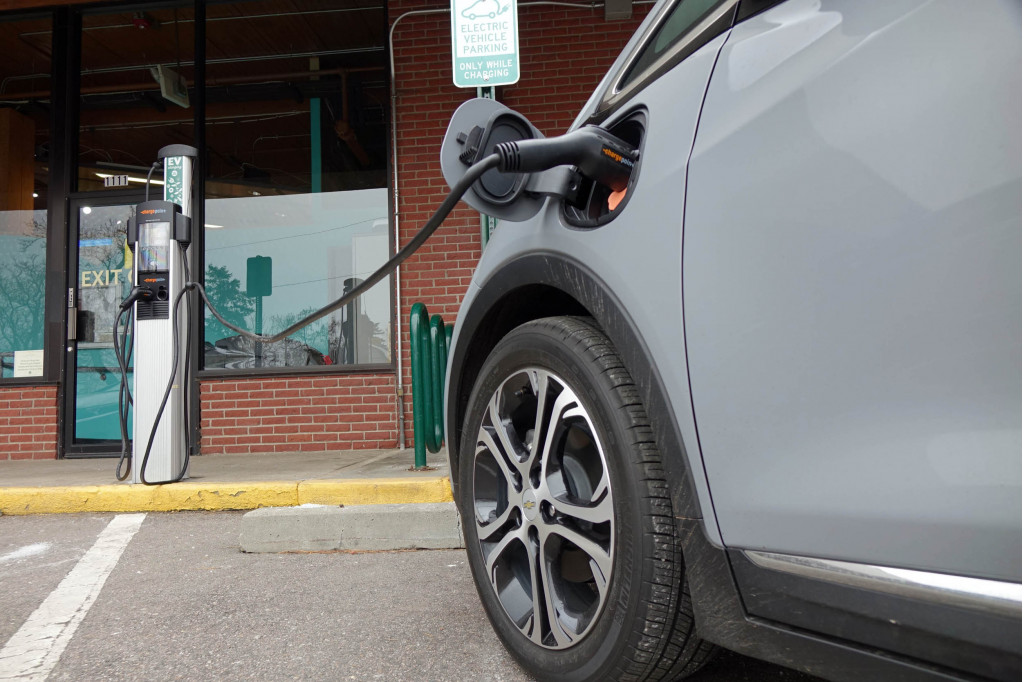
2019 Chevrolet Bolt EV at public charging station
In any other case, the Leaf Plus impressed me with its efficiency and particularly its one-pedal driving. The e-pedal toggle swap that sits simply forward of the flimsy plastic shifter within the Leaf Plus remodeled it round city. I watched the automotive’s estimated vary enhance as I descended hills, all with out the head-jerking movement I felt within the Bolt EV. Chevy’s awkward Regen on Demand swap on the again of 1 steering wheel spoke proved a gimmick till I took the small hatchback on a mountain drive and located it helpful for descents.
CHECK OUT: Tesla Model 3 Standard Range vs. Nissan Leaf
Within the range-topping Leaf Plus SL and Bolt EV Premier trim ranges I examined, the 2 automobiles experience on 215/50-17 Michelin Power Saver tires. By my ears, the Leaf retains tire roar out just a little higher than the Bolt EV, although they’re each pleasantly quiet automobiles thanks partly to the dearth of powertrain rumble. The Bolt EV rides softer, however the Leaf managed highway motions higher on tough pavement round city.
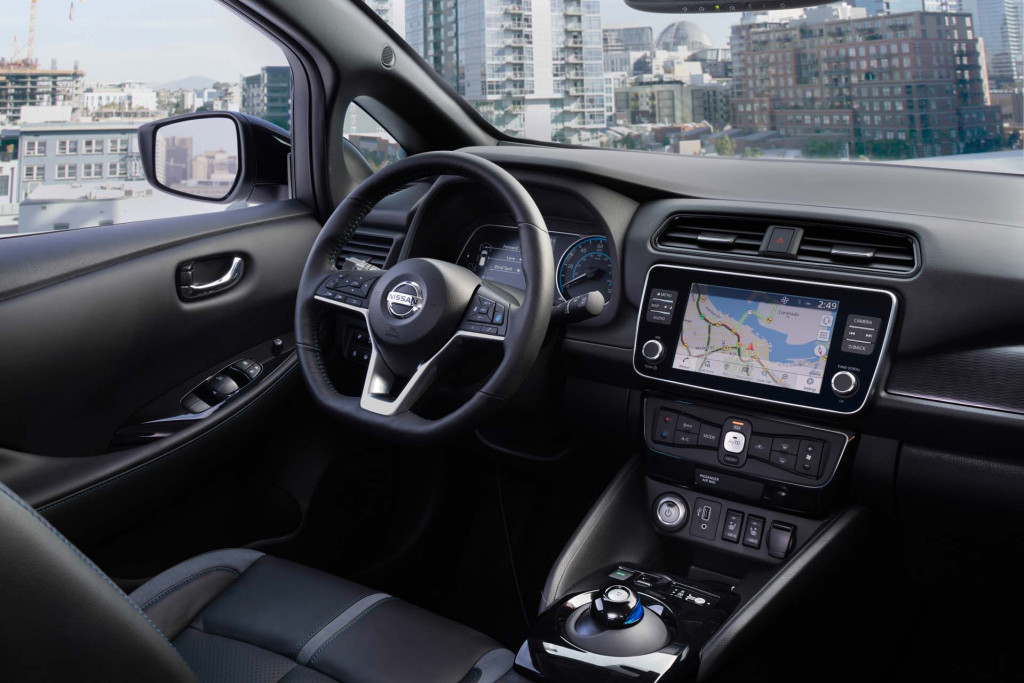
2019 Nissan Leaf
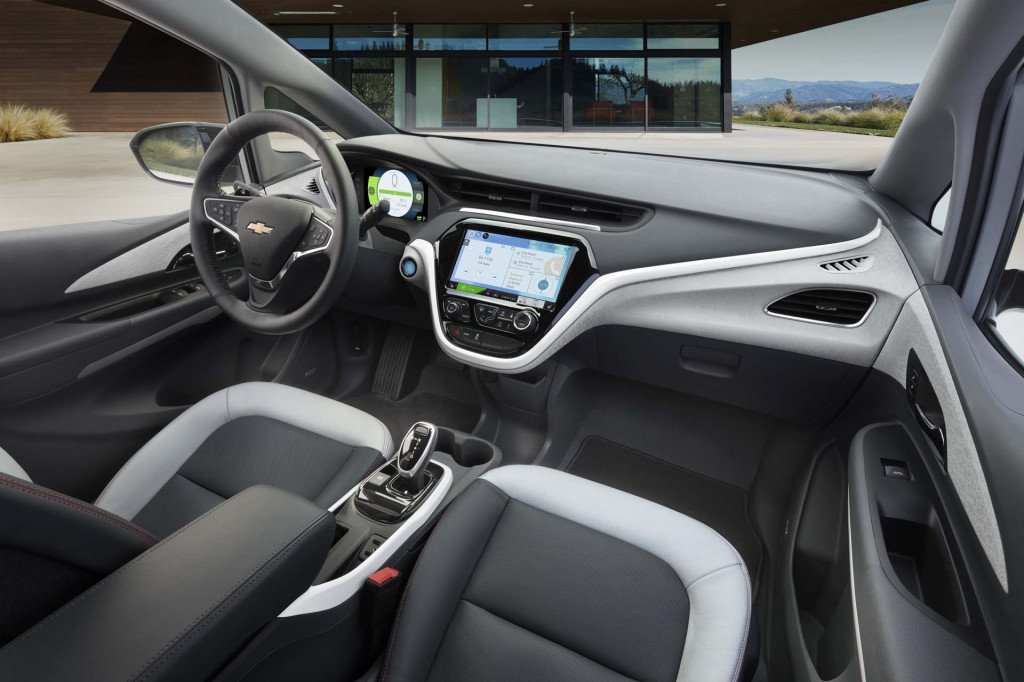
2019 Chevrolet Bolt EV
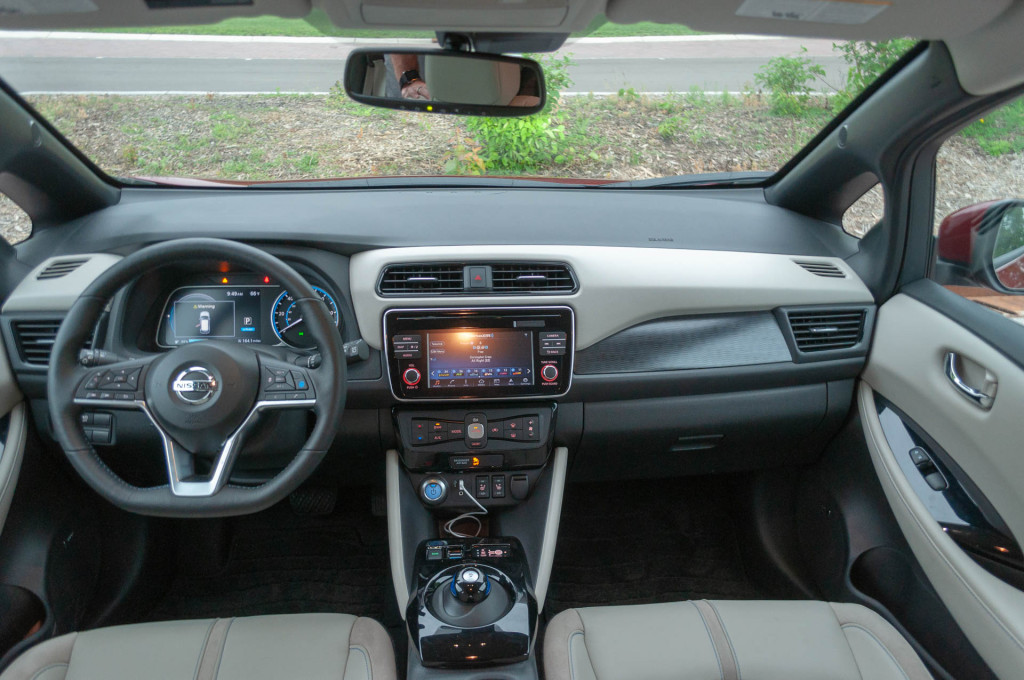
2018 Nissan Leaf SL
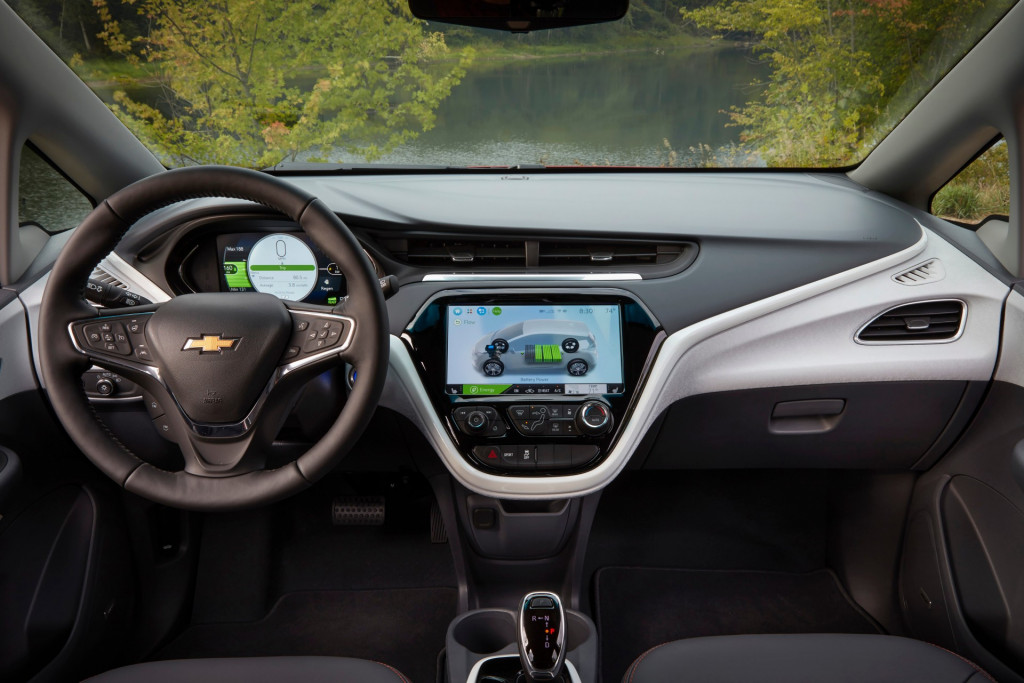
2019 Chevrolet Bolt EV sprint
Rear-seat riders will discover easy accessibility in each, although long-legged people will probably be marginally happier as soon as they’re within the again seat of the Bolt EV, which comes with a heated bench and has a roughly three-inch leg room benefit over the Leaf Plus. The Nissan is longer—by a foot—however that additional house largely went into the cargo space. With the rear seat upright, the Leaf can swallow 23.6 cubic ft of cargo in comparison with simply 16.9 cubes behind the Bolt EV’s rear seat. That alone might swing within the Nissan’s favor for a lot of customers.
2019 Nissan Leaf Plus and 2019 Chevrolet Bolt EV options and security
The primary Leaf was an inexpensive hatchback with a battery pack and an electrical motor bolted in, and it felt prefer it. The most recent Leaf seems like a extra full bundle. The SL Plus we drove stickered at $43,445 together with its $895 vacation spot cost. The equal Chevy Bolt Premier sells for $41,895 together with vacation spot.
Additionally of observe for worth is that now, those that purchase the Bolt EV will solely be eligible for a $3,750 federal EV tax credit score, whereas these getting the Leaf Plus can nonetheless declare $7,500. Chevrolet is at the moment providing large reductions on the Bolt EV.
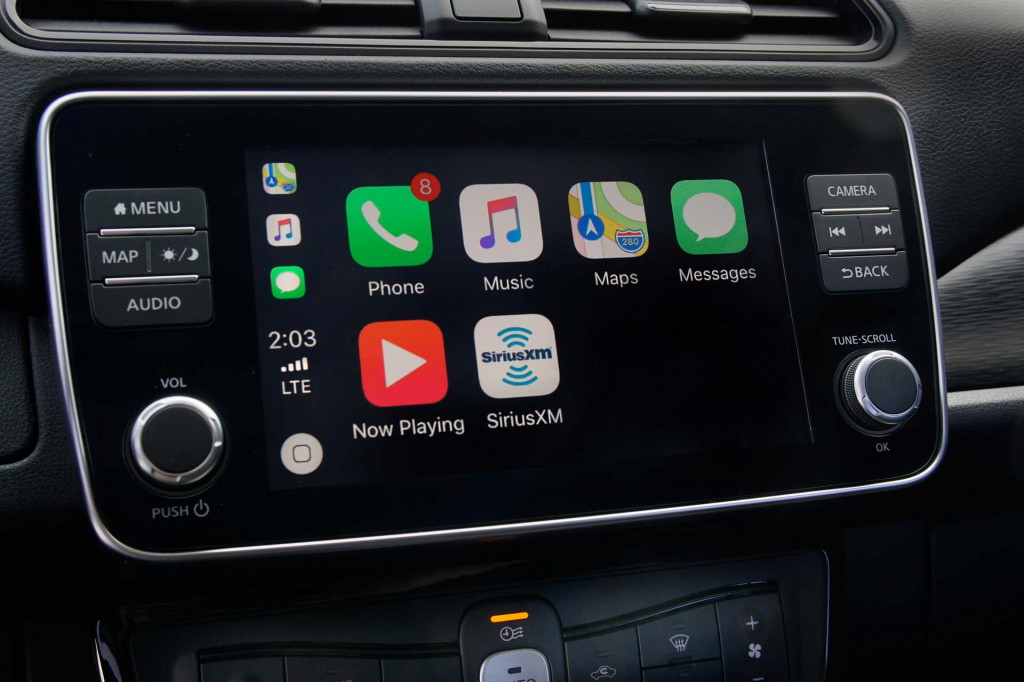
2019 Nissan Leaf
The Bolt EV doesn’t use the intuitive infotainment software program present in most Basic Motors automobiles. As an alternative of merely giving that software program a few electric-car-specific pages, Chevy put in software program that proved distracting and sluggish to react in my drive. I wound up utilizing the usual Apple CarPlay compatibility, which fills a lot of the 10.2-inch touchscreen when activated.
In truth, the software program within the Leaf is barely marginally higher, although the extra arduous buttons flanking its 8.0-inch touchscreen for generally used options nudge it forward.
The Leaf Plus does extra with much less, no less than till it’s leapfrogged by the subsequent electrical automotive.




